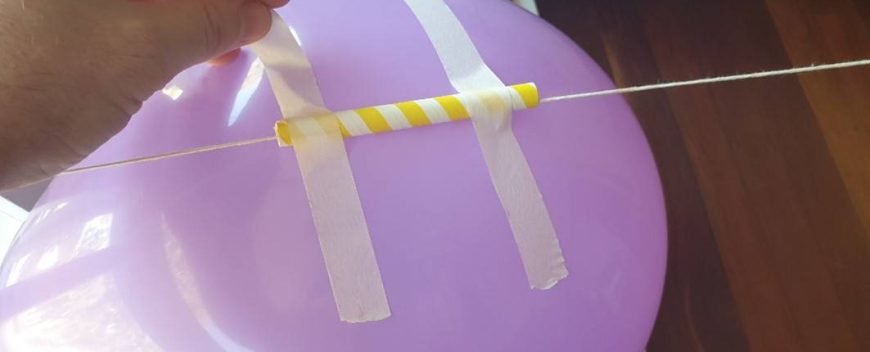By Matt
BLAST OFF these holidays with a bit of fun, inflatable investigation at home! We are going to help you make and test your own balloon rocket.
Materials:
Many of the items you will need are things you should be able to easily find around the house:

– Balloons
– String
– Straws
– Tape
– Scissors
– Pegs
Optional
– Balloon pump (to inflate)
– Markers/stickers (for decoration)
Instructions
Before getting started, clear a space for your experiment. The launching line for your balloon rocket will require an uninterrupted path. You do not want to break anything during your launch. The other option is to simply take your creation outdoors.
We recommend using an initial length of 2 – 3 metres for your launching line. Choose two points of equal height where you can firmly attach the string for your line.
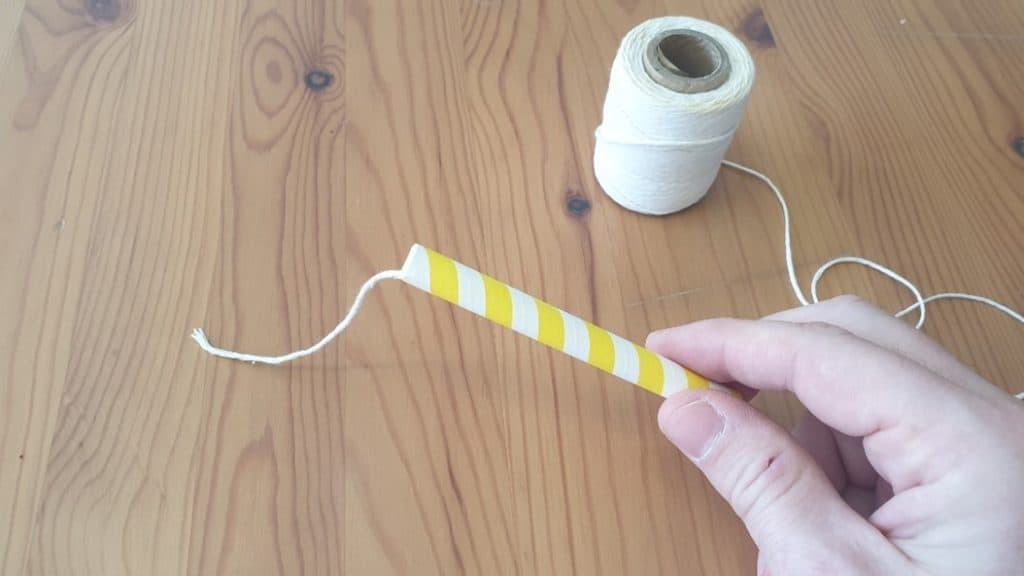
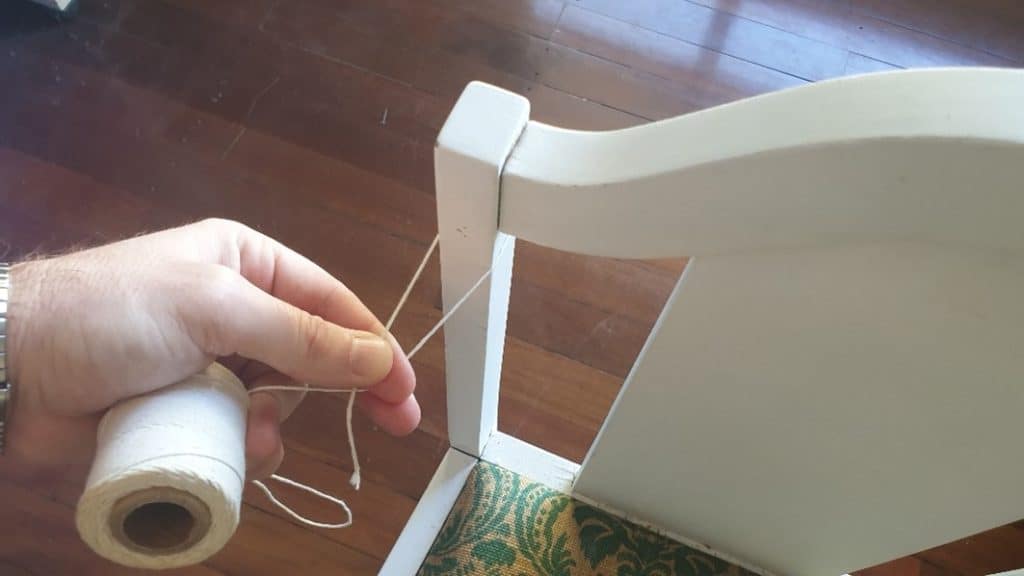
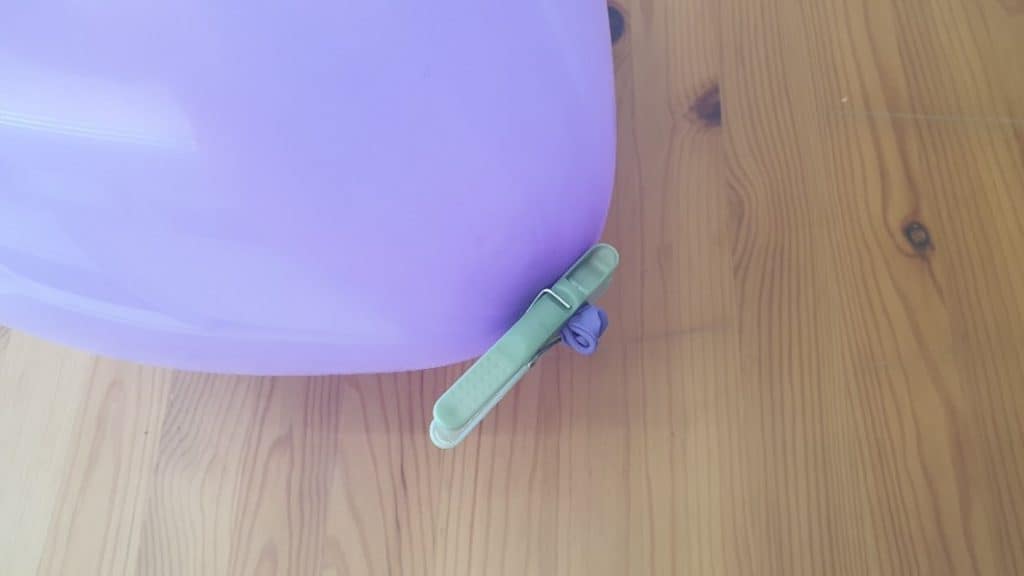
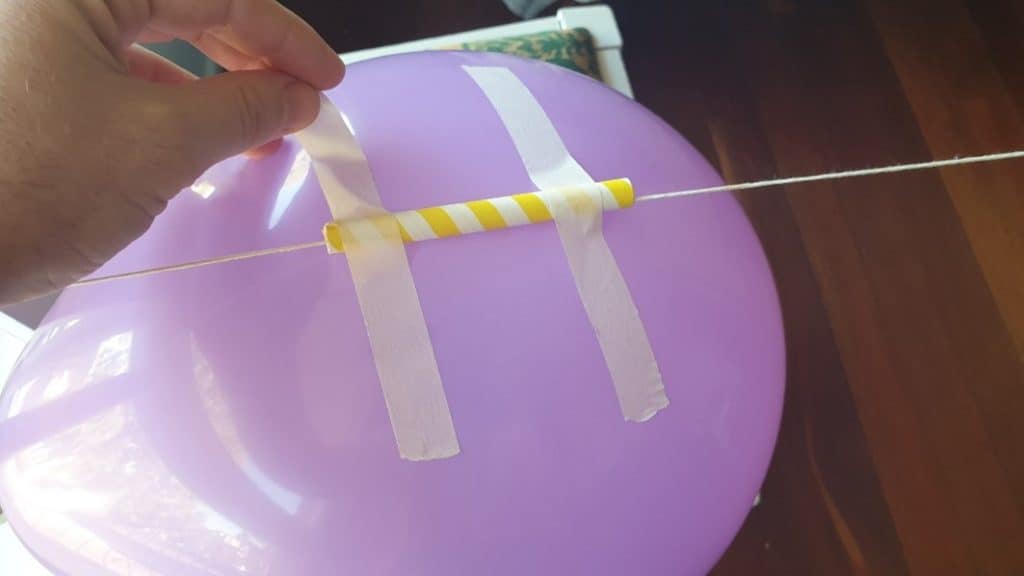
- Before attaching the line, thread a straw onto it by passing the string through both ends.
- Secure one end of the string around your first point by tying a knot around it.
- Unravel the length of string required to reach your second point. Ensure you leave a little bit of extra length to wrap around and tie your second knot.
- As you tie off the string, make sure that the line is taught and parallel with the ground. If the string is slack this will create resistance and prevent the balloon rocket from traveling as easily along its length.
- Inflate a balloon with air using your breath, or a balloon pump if you have one handy.
- When you are happy with the size of your balloon, twist off or pinch the end and hold it in place with a peg. This will stop the air from escaping whilst you attach it to the launching line. DO NOT tie off the end of the balloon otherwise you rocket will not be going anywhere!
- Attach the balloon by using two pieces of tape placed across to the top of the straw. The straw should be attached closer to the neck end of the balloon to help it travel smoother.
- Now it is time for your first launch. Pull the balloon back so the sealed end is in line with the starting point. When you are ready, release the peg and watch it shoot across the launching line with speed.
- Why not set up a couple of lines and have races amongst your friends or siblings.
Experiment with your balloon rocket:
Once you are familiar with how the balloon rocket works you can start designing your own experiments. Write down any predictions you might have before you start testing, and see what you observe with your results. Here are some of our suggestions:
1. Blow up the balloon with different amounts of air and explore how this affects the distance and speed travelled.
– Count the number of breaths (or pumps from the balloon pump) you add to the balloon and measure how far that balloon travels along the launching line with a tape measure.
– Use a stopwatch to time how fast the balloon rocket arrives at the finish line. How does this change with amount of air inside the balloon?
2. Experiment with the effect of adding additional weight to the balloon and see how this affects the speed and distance travelled.
– Try taping some small toys of different weights to the top of the line where the straw is. How does this additional mass influence the distance travelled or its speed?
3. Observe the upper limits of the force generated by your balloon rocket. What is the maximum distance your balloon can travel? You might need to make your launching line longer for this one.
– Try using balloons of different shapes. Which shaped balloon performs the best with regards to distance and speed? Do some shapes allow for greater air volume to generate an increased propulsive force?
Do not forget to repeat your experiments to see if you get the same result!
What’s Happening?
Whilst the technology launching rockets into space is exceedingly more advanced, the same scientific concept applies to putting our balloon rocket in motion. A force must be created to push it upward (or in the case here – forwards). This force is referred to as the thrust. The thrust we see in the balloon rocket can be accounted for by Newton’s Third Law of Motion, which states that for every action there is an equal but opposite reaction.
Blowing up a balloon fills it with high energy gas particles which bounce around inside. As more gas is added to the balloon, collisions between gas particles and the inner balloon surface increases, so does the overall pressure inside the balloon. This mounting inner pressure becomes a building fuel for the balloon rocket.
When you remove the peg from the end of the balloon, all the air is let out in one direction. Due to the relative differences in pressures between the inside (higher) and outside (lower) of the balloon, the gas particles inside quickly escape to balance pressure differences. This rush of air creates the propulsive force, as it pushes against the outside air particles. Although we certainly do not see this interaction at the level of gas molecules, the resulting forward motion we do!
We can’t wait to see your balloon rocket creations. Tag us on Instagram or Facebook @BigBangEducation.
Happy Rocketing!

